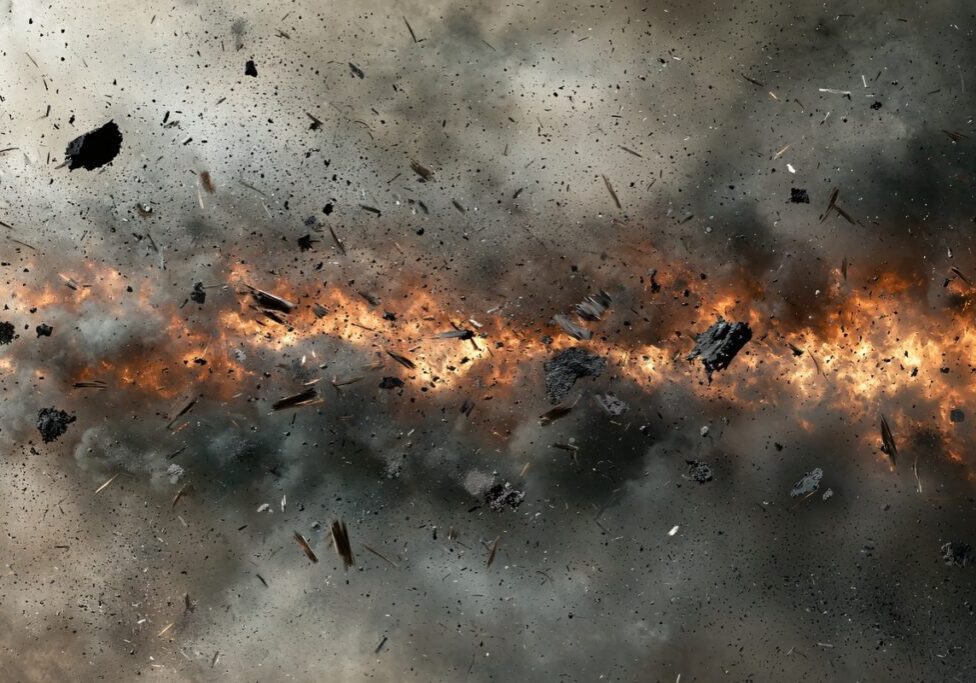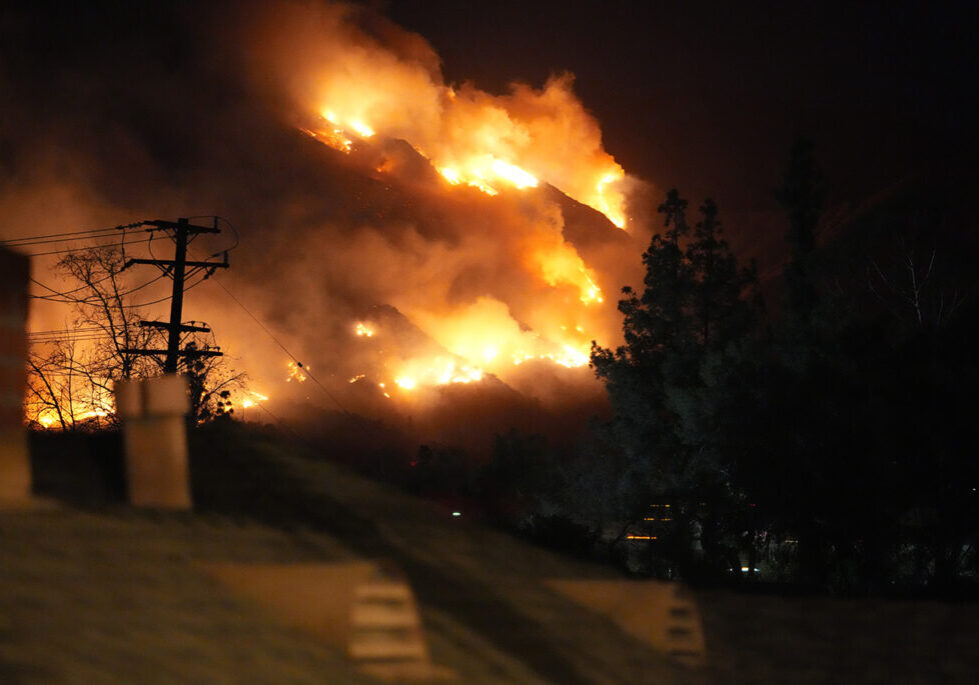Snowmobile accidents claim around 200 lives a year. Here are the facts about this popular winter sport.
As temperatures drop and snow accumulates, more than 2 million people of all ages in North America go snowmobiling. In California, riders flock to popular snowmobile trails like the Yuba Pass Winter Trails, Mammoth Lakes, Sherman Pass/Kern Plateau Area, and Little Truckee Summit Winter Trails.
Like other recreational activities, it doesn’t come without risk. Last January, three snowmobilers sustained orthopedic injuries after a high-speed crash near Lake Davis in Plumas County. The accident happened when two snowmobiles (one carrying two people) failed to see a creek as they were running close together through a meadow. The snowmobiles flew over the creek and into the opposite bank.
In this post, we will take a closer look at snowmobile accident statistics, which types of accidents may result in a claim, and what you can do to reduce the risk of an incident when riding a snowmobile.
How many people are injured in snowmobile accidents?
The original snowmobile was developed to carry people and supplies and to reach remote areas during emergencies. Now, there are approximately 1.3 million registered snowmobiles in the United States, most of which are used for recreation. Arctic Insider reports snowmobile-related tourism continues to increase in North America as people travel to be close to nature, seeking a break from the usual demands of life.
But as riders venture out onto trails and into the wilderness, accidents do occur. Each year, about 200 people die and 14,000 are injured in snowmobile accidents in North America, according to the National Institutes of Health (NIH). Just like with car accidents, multisystem trauma is common, with head injuries being the main cause of death.
The institute notes that, “Today, snowmobiling has become a popular winter sport enjoyed by more than 2 million people of all ages in North America. However, the modern snowmobile can weigh in excess of 600 pounds and travel at speeds exceeding 90 miles per hour.”
Among the leading causes of snowmobile accidents are:
- Alcohol
- Excess speed
- Driver inexperience
- Poor judgment
What happens if you’re injured in a snowmobile accident?
The circumstances of each accident are unique. Careless driving, poorly maintained trails, or product failure all increase the risk of someone getting hurt, whether it’s the driver, a passenger, or a bystander. A careful analysis may help establish if negligence was involved and if the injured party may be entitled to compensation.
Every state is different but the general principles are as follows to distinguish between accidents and negligence: In order to have grounds for a negligence claim, you need to establish that the liable party owed you a duty of care, breached said duty, and caused you damages in the process.
Here are three scenarios that may result in a claim:
Accident on a designated trail
If the trail is open to the public and designated for use by snowmobiles, the property owner has a duty to maintain the trail in a reasonably safe manner in accordance with California Civil Jury Instruction (CACI) No. 1001, entitled Basic Standard of Care. It states, in part:
“A person who [owns/leases/occupies/controls] property is negligent if that person fails to use reasonable care to keep the property in a reasonably safe condition. A person who [owns/leases/occupies/controls] property must use reasonable care to discover any unsafe conditions and to repair, replace, or give adequate warning of anything that could be reasonably expected to harm others.”
This means, for example, the landowner should remove fallen trees and other obstacles from the route and ensure trail bridges are in good condition. Should the owner fail to do so and it leads to an accident — a rider crashing into an obstacle on the trail — the owner may be found negligent.
Accident on someone else’s property
Property owners may be held liable even if their property was not intended for snowmobile use. In this scenario, the property owner may be aware of trespassing snowmobilers and either intentionally tries to injure one of the riders or fails to exercise ordinary care to prevent injury to the same.
The definition of “ordinary care” is addressed by California Civil Code 1714: “Everyone is responsible, not only for the result of his or her willful acts, but also for an injury occasioned to another by his or her want of ordinary care or skill in the management of his or her property or person, except so far as the latter has, willfully or by want of ordinary care, brought the injury upon himself or herself.”
The accident could also be the result of active negligence, in which case the property owner may have installed something like invisible wiring in the path of the trespassers. If the trespassing snowmobiler is injured as a result of the wire, the property owner may be liable.
Accident as a result of a defect
If you have suffered injuries because your snowmobile was defective, you may be able to file a product liability claim. The issue may stem from a machine manufacturing error or a design defect. Either way, you will need expert opinions and testimony to back up the claim.
How can you reduce the risk of injury?
The California-Nevada Snowmobile Association (CNSA) advises all riders to be prepared for the worst. Snowmobiling can take you very far in a short amount of time, making any emergency situation more precarious. In just 20 to 30 minutes, you can cover an area that would take you days to cross by foot. Take emergency supplies with you.
At the very least, you should always inform someone of your intended journey and the time you expect to return. To avoid making a bad situation worse and to reduce the risk of an accident happening at all, the CNSA recommends you also do the following:
- Recognize signs of hypothermia, frostbite, and snow blindness as the consequences of not doing so can be fatal. Enrolling in a first aid course is a good step to take.
- Learn the importance of proper riding apparel starting with under layers, eye protection and headgear along with boots and outer layers; gear to pack and emergency kits; good trip planning practices; towing a trailer; common laws; and a pre-ride checklist.
- Learn about key snowmobile controls along with various parts and fluids important to safely operate your snowmobile.
- Read up on safe riding tips including: starting your snowmobile; riding positions and hand signals; common trail signs; riding in groups, with passengers, alone, and in varying snow conditions; getting unstuck; night riding; towing; and rider responsibilities.
- If an accident does occur, stay calm, warm, and dry.
Contact Penney & Associates
If you or a loved one has been injured in a snowmobile accident, you should seek legal help to receive the compensation that you deserve. The lawyers at Penney & Associates have decades of experience and are experts in wrongful death and personal injury law. Schedule a free consultation to learn more.



